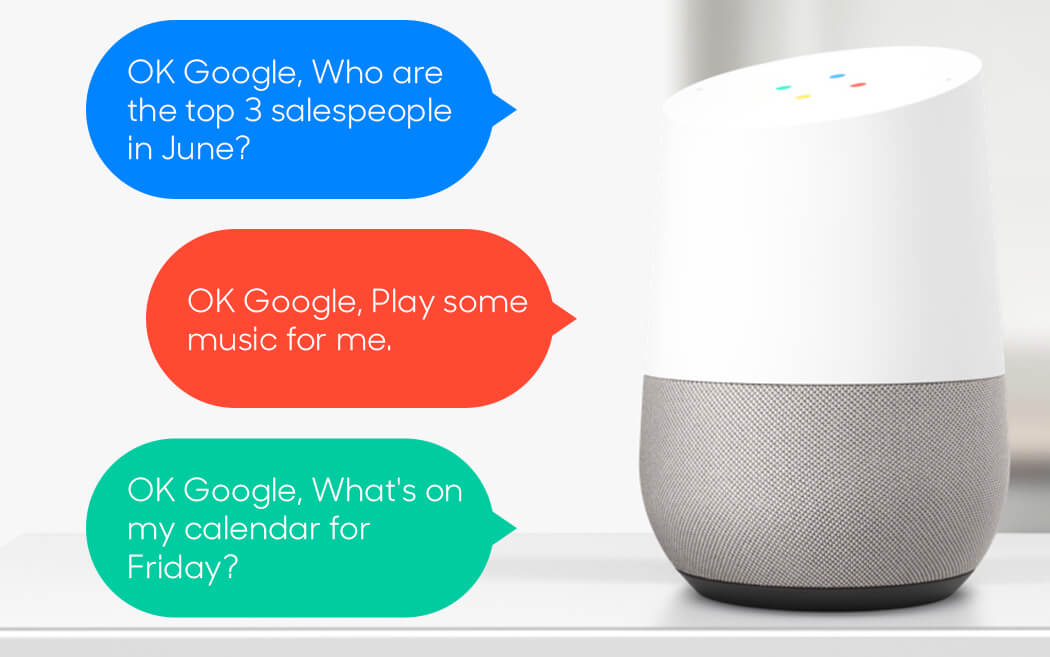A conversational interface is a digital interface that allows a user to interact with software using their voice. You can interact intuitively in exactly the way you might if you were having a normal conversation without having to learn how to use a digital interface.

Conversational interfaces have seen a flurry of development over the last decade as we have made progress with natural language processing (NLP) and machine learning. NLP is a field of research within the wider area of artificial intelligence (AI) that focuses on creating algorithms that can understand how humans put sentences and phrases together to communicate information. Machine learning is also a field of research within AI that focuses on creating algorithms that can process large amounts of data and identify patterns and make predictions based on the data.
Conversational interfaces can take the form of chatbots, which are usually seen on your mobile or desktop computer in the form of text messaging windows. They can help you with tasks such as simple customer service enquiries or ordering food.
Intelligent personal assistants (IPA) are also interfaces that help you with basic tasks, however, these interfaces are usually built into a mobile or standalone device that you speak to. IPAs can provide information to you by looking up the answers to your questions on the internet. These interfaces use machine learning and NLP technology. Examples of IPAs include Apple’s Siri, Amazon’s Alexa and Google’s Ok Assistant.
The history
Conversational interfaces have a long history, beginning in the 1960s with text-based dialog systems for question answering and chatbots that simulated casual conversation. Since the 1980s, the idea of a conversational interface with which humans could interact for a variety of different purposes has been a focus of research and development in a number of different communities.
A prominent early example of a chatbot was ELIZA, created from 1964 to 1966 at MIT’s artificial intelligence laboratory. ELIZA took on the role of a psychotherapist. The creator of ELIZA wanted to show the lack of depth of character in interactions between people and machines, but was surprised by the number of individuals who attributed human-like feelings to the computer program.
In the early 90s one of the first voice interfaces was developed by Wildfire Communications. The creators of Wildfire developed a relaxed female persona designed to help people perform basic tasks on the telephone such as routing calls or leaving messages. The software was sold to telecoms company Orange and has been described as an early version of Apple’s Siri. Wildfire was particularly popular with those with disabilities who found the speech interface allowed them greater ease in using their devices.
The now
Fast forward to 2020, and 1 in 5 homes across the UK contain a smart speaker, and interacting with these devices using our voices has become commonplace. Many of us carry the technology with us on our mobile phones. Interacting with intelligent AI is also commonplace through chatbots on the web. They help us complete tasks from applying for a mortgage to booking a holiday. These bots can tell us stories, assist us with gameplay and even help us to get our groceries delivered.